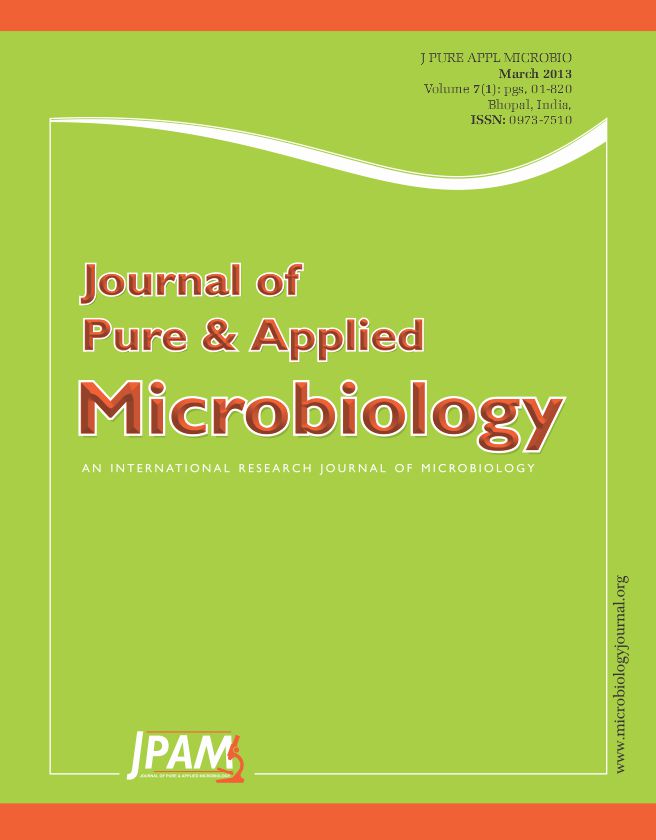The term bioremediation has been introduced to describe the process of using biological agents to remove toxic waste from environment. Bioremediation is the most effective management tool to manage the polluted environment and recover contaminated soil. Bioremediation is an attractive and successful cleaning technique for polluted environment. Bioremediation has been used at a number of sites worldwide, including Europe, with varying degrees of success. Bioremediation, both in situ and ex situ have also enjoyed strong scientific growth, in part due to the increased use of natural attenuation, since most natural attenuation is due to biodegradation. Bioremediation and natural attenuation are also seen as a solution for emerging contaminant problems, e.g. endocrine disrupters, landfill stabilization, mixed waste biotreatment and biological carbon sequestration. Microbes are very helpful to remediate the contaminated environment. Number of microbes including aerobes, anaerobes and fungi are involved in bioremediation process.
Bioremediation, Biotreatment, Microbes(fungi and bacteria)
© The Author(s) 2014. Open Access. This article is distributed under the terms of the Creative Commons Attribution 4.0 International License which permits unrestricted use, sharing, distribution, and reproduction in any medium, provided you give appropriate credit to the original author(s) and the source, provide a link to the Creative Commons license, and indicate if changes were made.


